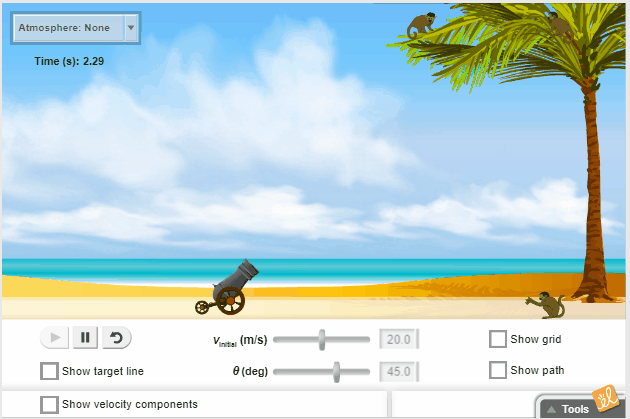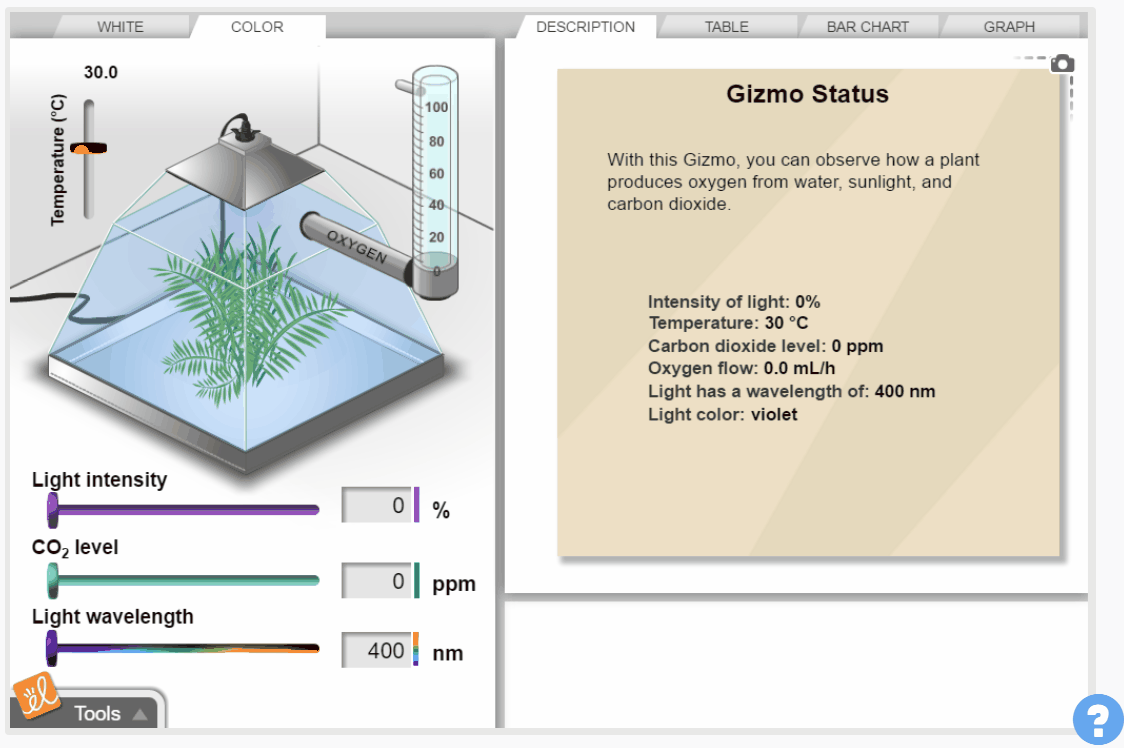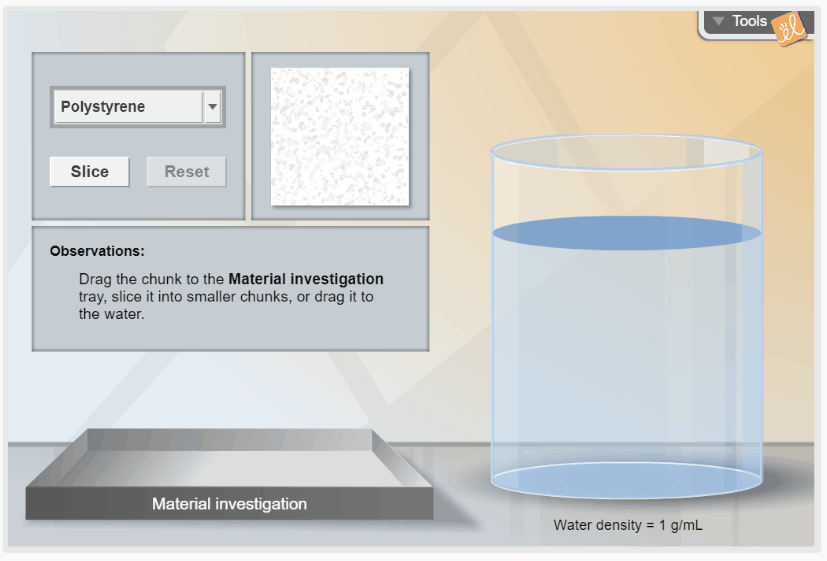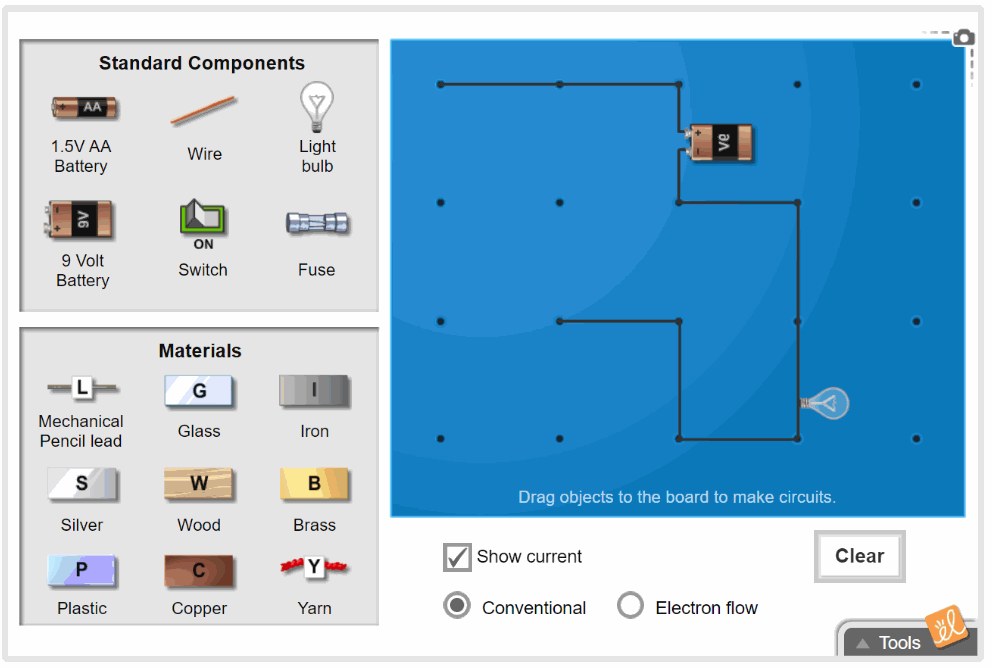
Teachers understand the importance of using best practices regardless of grade level or content area. Modeling, differentiation, feedback, and building a positive classroom community are just a few examples. Some specific strategies are also necessary when teaching STEM subjects to provide lessons that reach all students. Read on to discover tips for becoming a more effective teacher no matter what STEM subject you teach.
Explore different STEM teaching methods
Learning happens authentically in STEM classrooms, which means a variety of methods are effective. With project-based learning, students learn new skills and apply knowledge by working on projects. Problem-based learning lets students analyze and evaluate real-world problems.
With inquiry-based learning, questioning and exploration are encouraged. Collaborative learning works well with STEM concepts, students learn essential skills like communication, problem-solving, reflection, and social skills while working with peers.
Try out different classroom instruction methods
It’s important to use different methods to reach all students. What works for one student may not work for another. STEM subjects can easily be taught through whole-class, small-group, or 1:1 instruction. All of these methods may be used to deepen understanding of complex concepts. Each setting also allows teachers to monitor progress and provide differentiated instruction.
Relate STEM topics to real-world problems
STEM concepts are real-world concepts. Students use the skills fundamental in STEM classes when solving real-world problems, making STEM learning critical. Students develop skills through STEM in the classroom, such as collaboration, observation, and analysis, that they’ll use later in their personal and professional lives.
Nurture STEM career exploration
It’s never too early to pique interest in the future. ExploreLearning Virtual Career Days allow teachers to inspire students by bringing real-life STEM professionals like zookeepers and chemists to the classroom. The free on-demand career presentations and pre-made STEM activities for grades 3-12 can be accessed immediately.
Support collaboration and teamwork
Because of the nature of the work in STEM classrooms, collaboration and teamwork are part of the flow. Teachers must set the stage with clear expectations, and students need to understand the mission. It’s a good idea to base tasks on strengths and encourage positive communication.
Experiment with edtech for enhanced teaching experience
The right STEM teaching tools can boost engagement and motivation. Incorporating edtech tools, such as ExploreLearning Gizmos, eases lesson planning, assessments, and visualizations through interactive activities. Digital tools allow students to work at their own pace. Gizmos even allow students to run experiments more than once as they explore, discover, and apply new concepts.
Discover teaching insights from ExploreLearning’s team of experts
At ExploreLearning, professional development is more than just product training because continuous improvement is an essential goal for every educator. Our Professional Development Course Catalog offers courses for everything from an Introduction to Gizmos to Using Crosscutting Concepts to Explain Phenomena.
Implementing ExploreLearning STEM resources is easy with our team of experienced math and science educators representing every grade level, like Professional Development Manager Jodi Barber-Harris and Learning Architect Mangai Neelavannan. Barber-Harris said, “A key strategy for STEM teachers is connecting abstract concepts to real-world applications. When students see how what they’re learning relates to their lives—like using algebra to build things, coding to solve everyday problems, or biology to address environmental issues—they become more motivated and engaged.”
Neelavannan suggests interactive simulations and hands-on activities, such as Gizmos, significantly enhance student engagement and understanding in STEM subjects. “These simulations allow students to visualize and manipulate variables in real-time, making abstract concepts more concrete,” she said.
Barber-Harris offers eight more tips for effective STEM educators:
- Be flexible to different learning styles.
- Develop advanced techniques for teaching.
- Facilitate the students' learning process.
- Go for hands-on or direct strategies.
- Be a guide and a mentor, not necessarily a friend.
- Set high expectations.
- Create student-centered classrooms, allowing students to collect and analyze evidence to connect to the real world and careers.
- Allow students to go through the engineering design process to plan, create, execute, analyze, and refine their thinking, incorporating 21st-century skills (communication, collaboration, creativity, critical thinking).
Facilitate active learning with Gizmos
Another crucial strategy for STEM teachers is facilitating active learning, which encourages students to engage deeply with the material by making predictions, testing hypotheses, and discussing their findings.
Try these Gizmos for active learning:
Feed the Monkey (Projectile Motion) Gizmo

Allows students to adjust variables like angle, speed, and height to see how these factors affect the trajectory of a projectile. This hands-on experimentation helps students develop critical thinking and problem-solving skills, making the learning process more interactive and effective.

Enables students to explore how light intensity, carbon dioxide levels, and temperature affect the rate of photosynthesis, helping them understand the underlying biological principles.

Allows students to investigate the relationship between mass, volume, and density by experimenting with different materials and measuring their properties, helping them grasp the concept of density and its practical applications.

Empowers students to design and build their own electrical circuits, experimenting with components like resistors, batteries, and switches to see how they affect the flow of electricity. This Gizmo is excellent for teaching the basics of electrical engineering and circuit design.
Start your free trial of powerful edtech solutions
“By leveraging these interactive tools and strategies, STEM teachers can create a more engaging and effective learning environment that fosters curiosity and a deeper understanding of scientific and mathematical principles,” said Neelavannan. Bring powerful edtech solutions, like Gizmos, to your classroom with a free trial.
